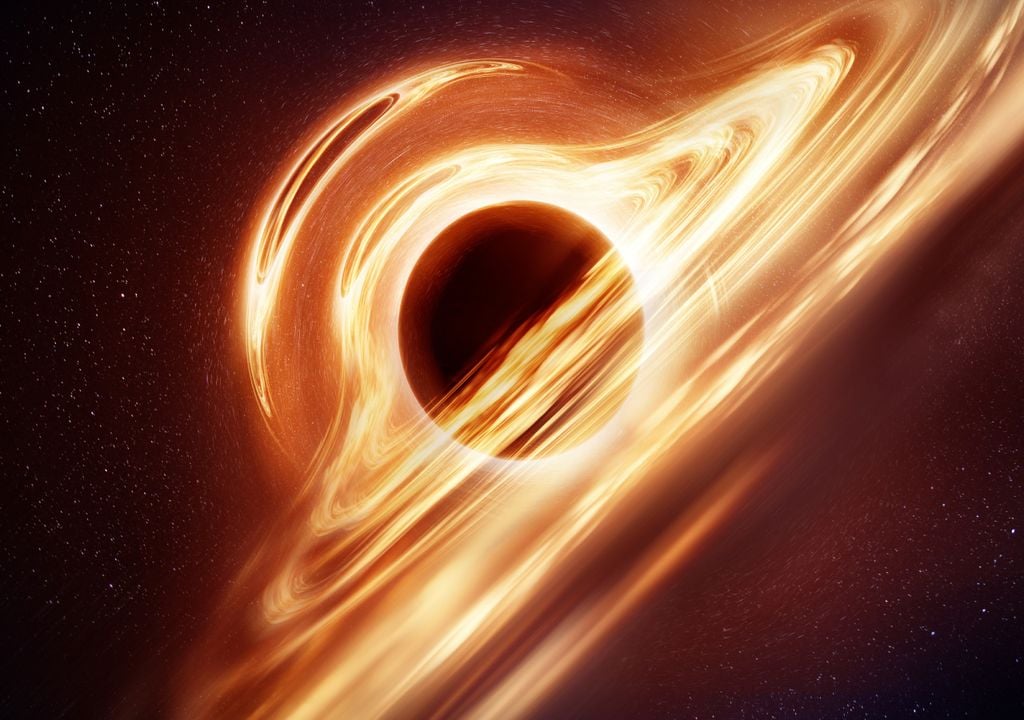
Its existence has been known for decades, however Because it is so bright, astronomers assumed it was a nearby star. Only recent observations have revealed its maximum distance and brightness.
The object has been named J0529-4351. This name simply refers to its coordinates on the celestial sphere., a method of projecting objects into the sky onto a ball. This is a type of object called a quasar.
Astronomers use @which – which VLT discovered a record quasar known as J0529-4351. This quasar is the brightest and most luminous object ever observed, and is powered by a supermassive black hole 17 billion times the mass of the Sun. 1/
https://t.co/1bF90sN3Y9 pic.twitter.com/sm8XEQreLm
— Erika (@ExploreCosmos_) February 19, 2024
Initially the physical nature of quasars was unknown. but, In 1963, visible light from a quasar called 3C 273 was split into all its wavelengths. (What is known as your spectrum). This indicates that it was about 2 billion light-years away.
Given the brightness that 3C 273 appears to emit and the distance at which it is located, it must be very bright. The only known energy source for such intense luminosity is material falling into a supermassive black hole.. Thus quasars are the most active black holes in the universe.
J0529-4351 Consume one sol per day
Supermassive black holes are usually found at the centers of galaxies. Like all quasars, J0529-4351 is fed by material, mainly hydrogen and extremely hot helium gas, that falls into its black hole from the surrounding galaxy.
Almost every day, the mass of the Sun falls into this black hole. Determining how much gas can be directed to the centers of galaxies to increase the mass of black holes is an unanswered question in astrophysics. At the center of the galaxy, the gas forms a thin disk.

The properties of viscosity (resistance to the flow of matter in space) and friction in the thin disk contribute to heating the gas up to tens of thousands of degrees Celsius. This heat is enough to make it glow when viewed at ultraviolet and visible wavelengths. This is the glow that we can observe from Earth.
With a mass equivalent to about 17 billion suns, J0529-4351 is not the most massive black hole known. An object at the center of the Abell 1201 galaxy cluster has a mass equivalent to 30 billion suns.
Although this black hole consumes the mass of approximately one sun per day, it is by no means the largest black hole we know of.
However, it must be taken into account that due to the time it takes for light to travel the enormous distance between this object and the Earth, We are witnessing this phenomenon when the universe was only 1.5 billion years old. Today, it is about 13.7 billion years old.
News reference:
Wolf, C., Lai, S., Onken, C. A., et al. Accumulation of solar mass daily by a black hole with a mass of 17 billion solar masses. Natural Astronomy (2024).

“Beer enthusiast. Subtly charming alcohol junkie. Wannabe internet buff. Typical pop culture lover.”
